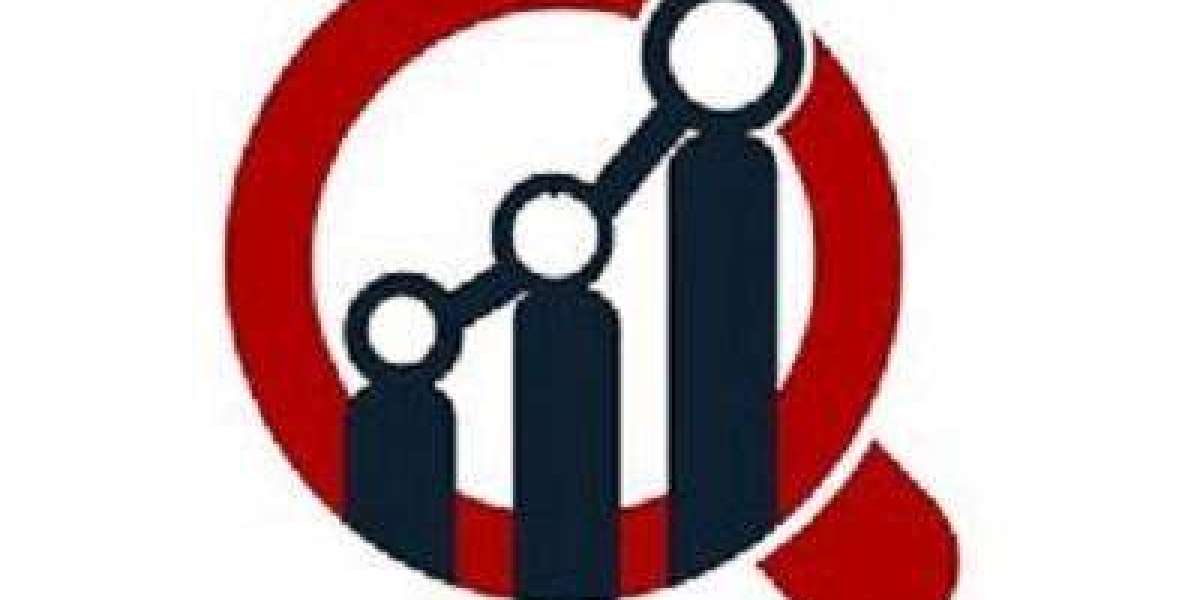The automotive finance market is the essential, high-volume industry that enables consumers and businesses to acquire vehicles. As of late 2025, a deep Automotive Finance Market Analysis reveals a sector in a state of dynamic tension. It is a mature market in many respects, yet it's being profoundly disrupted by new technologies, new business models, and the most significant powertrain shift in a century: electrification. This analysis will explore the market's fundamental Strengths, Weaknesses, Opportunities, and Threats (SWOT), as well as the competitive forces that define this multi-trillion-dollar global industry, with a special focus on the Indian context.
SWOT Analysis
Strengths:
Essential to Sales: The market is fundamentally strong because a vast majority of vehicle sales (over 80% in India) are dependent on financing. It is non-discretionary for the auto industry's survival.
Secured Lending: Unlike many other forms of credit, auto loans are "asset-backed." The vehicle itself serves as collateral, which significantly reduces the risk for lenders and keeps interest rates relatively low for consumers.
Established Players & Infrastructure: The industry is anchored by powerful, established institutions (major banks, NBFCs) with deep pockets, sophisticated risk models, and vast distribution networks (branches, dealer partnerships).
Profitability: A well-managed auto loan portfolio is a stable and highly profitable business for financial institutions.
Weaknesses:
High Dependence on the Auto Industry: The market's health is directly tied to the health of the automotive sales market. A slump in car sales immediately translates to a slump in new loan originations.
Economic Sensitivity: It is highly sensitive to macroeconomic factors. Rising interest rates (which increase EMIs) and economic downturns (which impact consumer confidence and credit quality) can quickly cool the market.
Risk of Default: While secured, auto loans are still subject to credit risk. A spike in unemployment or a downturn in the freight economy (for commercial vehicles) can lead to a rise in loan defaults (NPAs).
Legacy Systems: Many traditional banks and NBFCs are still burdened with older, non-digital processes, making them slow and inefficient compared to new FinTech players.
Opportunities:
Digital Transformation: The single biggest opportunity. Investing in end-to-end digital platforms for instant, paperless loan approvals can capture huge market share and reduce operational costs.
The EV Transition: Electric Vehicles, with their high upfront cost, increase the demand for financing. This creates a massive opportunity to develop specialized, high-value "green financing" products.
The Used Car Boom: The organized used car market in India is booming. This has created a massive, high-growth opportunity for providing formal, reliable financing for pre-owned vehicles.
"Usership" Models (Leasing & Subscriptions): The consumer shift away from ownership is an opportunity for lenders to pivot from simple loans to higher-margin, service-based subscription and leasing models.
Financial Inclusion: Using AI and alternative data to underwrite "new-to-credit" customers in India's vast rural and semi-urban markets represents a huge, untapped volume opportunity.
Threats:
FinTech Disruption: Agile, digital-first FinTech lenders are a major threat, competing on speed, convenience, and customer experience, often bypassing traditional channels.
EV Residual Value Risk: The uncertain long-term resale value of EVs (due to battery degradation and rapid technology changes) poses a significant risk to lenders underwriting 5-7 year loans or leases. A miscalculation here could be financially disastrous.
Regulatory Changes: The industry is highly regulated. Changes in rules from the Reserve Bank of India (RBI) regarding lending norms, risk weights, or recovery practices can instantly impact profitability.
Intense Competition: The market is a "red ocean" with dozens of banks, NBFCs, and captive lenders fighting for the same customer, which puts immense pressure on interest rate margins.
Competitive Landscape Analysis The industry is a "three-way dance" for the customer, primarily fought at the car dealership.
Rivalry: Is extremely high. Banks (HDFC, ICICI, SBI), NBFCs (Bajaj, Shriram), and OEM Captives (Tata, Mahindra) all compete aggressively on interest rates, dealer commission payouts, and approval speed.
Bargaining Power of Buyers (Consumers): Is moderate to high. In the digital age, consumers can easily compare interest rates from multiple lenders online before they even enter the showroom.
Bargaining Power of Suppliers (Car Dealers): Is very high. Dealers act as the primary "gatekeeper" and point of sale. Lenders must offer them attractive commissions and fast, reliable service to get their loan products recommended to the customer.
Threat of New Entrants: Is moderate. While the capital requirements are high, FinTech platforms are finding new ways to enter the market by partnering with existing lenders or using digital-first models to reduce overhead.
Conclusion The Automotive Finance Market Analysis reveals an industry that is both a mature giant and a sector in rapid flux. Its future will be defined by a lender's ability to navigate the massive technological shift to EVs, embrace a fully digital customer journey, and expertly manage the new and complex risks associated with rapidly evolving vehicle technology.
Frequently Asked Questions (FAQ)
Q1: What is the biggest opportunity for the auto finance market? A1: The biggest opportunities are digital transformation (offering 100% online, instant loans) and the electric vehicle (EV) transition. EVs are more expensive, which increases loan demand, and they require specialized finance products (like leasing or battery-as-a-service) that lenders can innovate on.
Q2: What is the biggest threat to traditional auto lenders? A2: There are two main threats: FinTech disruptors who are competing on speed and convenience with all-digital platforms, and the residual value risk of EVs—the high uncertainty of what an EV will be worth in 5 years, which makes it difficult to price loans and leases accurately.
Q3: Why is the used car finance market growing so fast? A3: As new car prices (especially for new EVs) have risen, more buyers are moving to the pre-owned market. The increased organization and professionalization of the used car market (with certified vehicles and online platforms) has created a surge in consumer confidence, driving a massive demand for formal financing for these vehicles.
Q4: How important are car dealerships in the finance market? A4: They are extremely important. The vast majority of car loans are originated at the dealership at the point of sale. Lenders (banks, NBFCs) compete fiercely for strong relationships with dealers, as the dealer often recommends the financing partner to the customer.
More Related Report
Automotive Low Emission Vehicle Market Share
Smart Fleet Management Market Share














